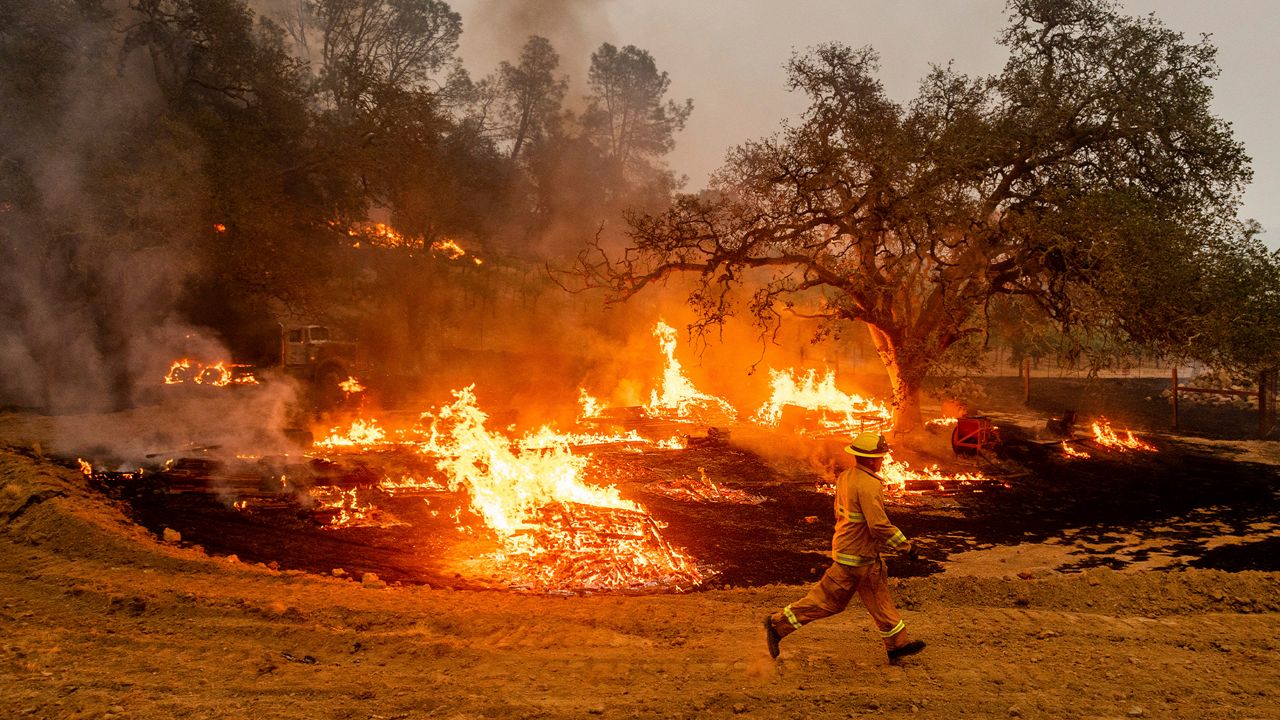What makes one Santa Ana event more threatening than another? We’ll explore the criteria that goes into calculating the Santa Ana Wildfire Threat Index (SAWTI).
SAWTI was developed primarily by renowned fire scientist Tom Rolinski in coordination with SDG&E, UCLA, and the Desert Research Institute. It calculates the potential for rapid fire growth in Santa Ana events, addressing the impact Santa Ana winds can have on Southern California beyond windy and dry weather.
It has two primary terms to calculate fire growth potential during periods of Santa Ana winds: the Large Fire Potential (LFP) term and the Fuel Moisture Component (FMC) term.
LFP calculates surface wind (Ws) and dew point depression (Dd) — temperature minus dew point — to determine the risk presented by the weather conditions.
The FMC term takes dead fuel moisture, live fuel moisture, and state of green-up of annual grasses into account and produces a number between zero and one, where a value of zero represents wet conditions and a value of one represents dry conditions.
For my fellow weather nerds, here is the final equation to calculate SAWTI:
LFP=0.001 W²sDdFMC
Those who are math savvy will see if the FMC is closer to zero — when there is more moisture on the ground — the risk from Santa Ana winds will be much lower.
SAWTI rates events based on the following scale:
Remember, SAWTI isn’t calculating the strength of Santa Ana winds, it calculates the risk of rapid fire growth leading to large, devastating fires. Everyone needs to be mindful not to make fire risk any worse than it is.



